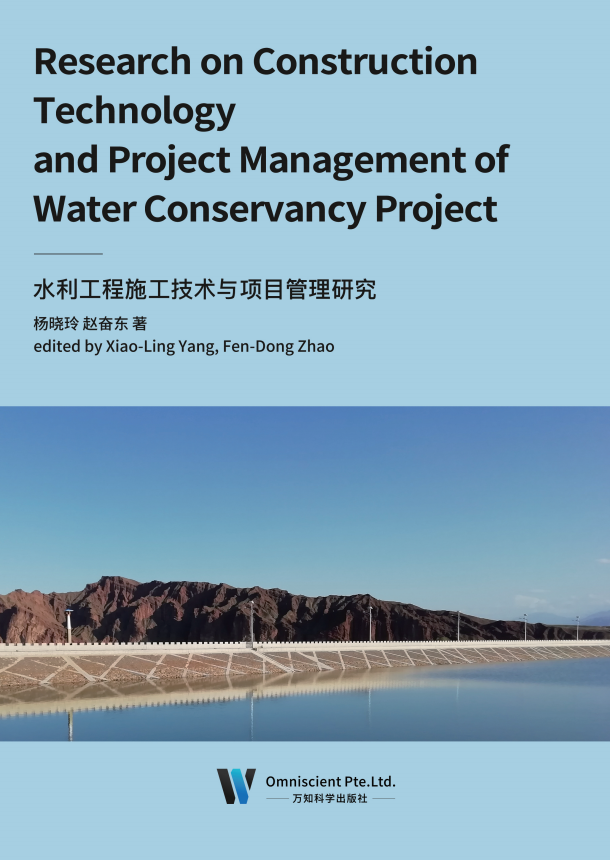
水利工程是我国的基础社会工程,对我国的电力供应、预防洪涝灾害以及农业 灌溉等方面有至关重要的作用。而水利工程的施工技术对保证工程质量非常重要。 我国政府和相关单位也逐渐开始重视水利工程施工技术管理工作,以此促进水利工 程的顺利进行,就目前我国水利工程施工技术管理工作的基本现状来看,在实际管 理工作中还存在着较多的问题,需要继续优化。 作为我国重要的民生工程,水利工程的施工程序十分复杂,并且工程大部分在 环境较为恶劣的区域进行施工,为了保障工程的建设,必须利用科学的技术管理手 段来提高工程的建设质量,有序开展水利工程作业,从而平稳的施工,保障水利工 程的施工过程安全有效;水利工程和其他工程相比较,存在较多的特殊性:水利工 程是我国各项基础建设中的基础项目,其直接关系着我国的农业灌溉和社会生产的 正常用水,关系着整个社会的安定,如果没有对其进行技术管理,会埋下技术隐患, 导致水利工程质量存在问题;水利工程的工程量较大,在实际工程施工过程中,需 要完成各个工种的协调作业,且施工周期也较长,常导致水利工程施工受到各种自 然和社会因素的制约,其对施工技术的要求较高,需要做好技术准备工作,避免施 工停滞,影响施工质量和施工效率。 水利工程在我国的社会发展过程中的重要性越来越显著,其在功能上也在不断 拓展,对水利工程设计和施工技术要求也越来越高。各种水利施工技术的更新,在 很大程度上也使水利工程建设有强大的技术作为支持,与此同时,也需要做好施工技术管理。并在施工技术使用前,对所涉及的施工设备进行综合评估,做好施工工 序和技术的交接工作,以此保证水利工程的各项施工技术落实到位,可以发挥最大的作用。
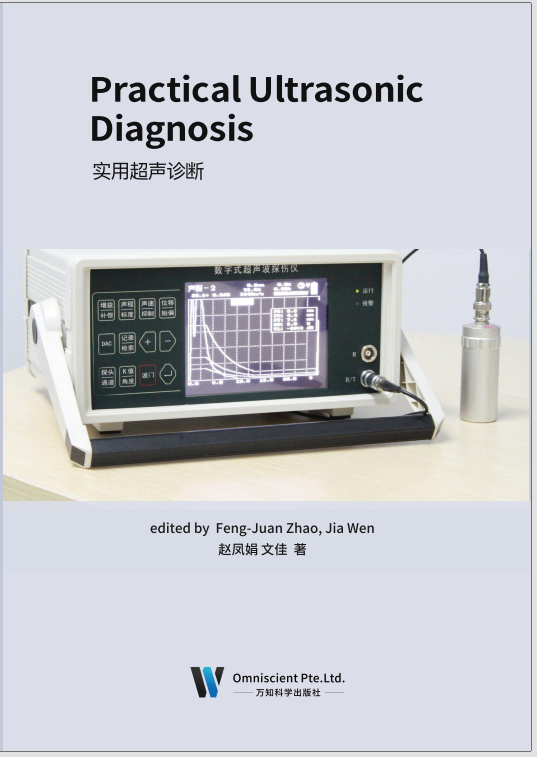
Ultrasonic medicine is a kind of non-invasive examination that uses the characteristics of ultrasound and the different principles of human tissue to form images to diagnose the morphological structure, physical characteristics, functional state and pathological state of human tissue.
Ultrasonic medical diagnosis is widely used in clinical practice. It is simple to operate, convenient to use, high cost performance, high accuracy, good positioning, and has a high diagnosis rate for the complications of patients. Therefore, it is widely used in clinical practice and provides valuable reference information for clinical diagnosis. It can formulate treatment plan in time and improve the success rate of emergency treatment. Especially in the diagnosis of some abdominal trauma and acute abdomen, the effect is outstanding, which provides great help for the development of emergency medical system. It is suggested to provide this kind of diagnosis method for emergency patients in clinical practice, so as to improve the diagnosis accuracy and treatment effect of patients.
Combined with the current situation of social development, this book introduces the theory and knowledge of ultrasound medicine in detail from many aspects, including the current imaging research and other related contents. The contents of the book are comprehensive, systematic and practical. It is also suitable for teachers and students of medical photography major in colleges and universities, as well as engineering and technical personnel engaged in ultrasonic instrument sales, application training and hospital equipment management.
前 言
超声医学是指应用超声波的特性和人体组织对超声反射不同的原理形成图像,来诊断人体组织的形态结构、物理特征和功能状态及病理状态的一种非创伤性检查。
超声医学诊断临床应用广泛,其操作简单,使用便捷,性价比高,准确率高,定位性好,对患者的并发症也有较高的诊出率,因此临床应用比较广泛,为临床诊断提供了有价值的参考信息,可以及时地制定治疗方案,提高急救成功率。尤其是在一些腹部创伤和急腹症的诊断中效果突出,对于急救医疗体系的发展提供了较大的帮助,建议在临床中为急诊患者提供该种诊断方式,提升患者的诊断准确率,提升治疗效果。
本书结合当前社会发展现状,从多个方面详细介绍了超声医学相关理论与知识,其中重点包含目前影像研究相关内容等。 书中内容全面、系统、实用,亦适合大专院校医学影专业的师生,从事超声仪器销售、应用培训及医院设备管理的工程技术人员学、参考。
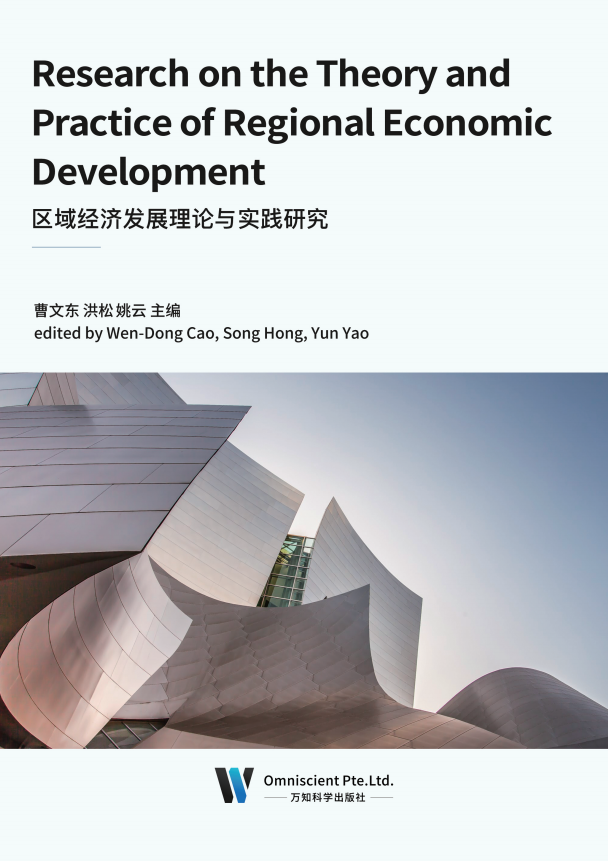
中国区域经济发展经历了均衡发展——非均衡发展——协调发展——多极统 筹发展的阶段,取得了良好的效果。但同时我们也要看到区域经济差距持续扩大、 区域经济不协调不充分、区域产业结构不合理等现实问题制约着区域经济向高质量 发展阶段的转变。为解决这些问题,推进区域经济实现高质量发展目标,2018 年中 央一号文件提出实施区域协调发展战略,构建区域协调发展体系的重要内容,这也 为促进中国区域经济向高质量发展提供了政策支持。 促进中国区域经济高质量发展必须要构建区域经济协调充分发展的平衡机制。 一是要深化实施区域协调发展战略,构建多极区域增长中心。持续推进“一带一路” 建设、京津冀协同发展以及长江经济带发展三大战略,培育和构建更多的具有区域 主导作用的经济中心,重塑区域经济地理空间格局,推动区域经济高质量发展。二 是要加强区域协同联动创新发展,实现发达地区和欠发达地区、不发达地区以及东 部地区和中西部地区的协调联动发展,加强项目对接、产业对接及扶贫对接,进而 促进要素资源的跨区域合理流动,实现区域经济协调联动发展。三是要着力实施和 推进乡村振兴战略,创新农村产业融合发展体制机制,缩小城乡差距,实现城乡区 域协调发展。
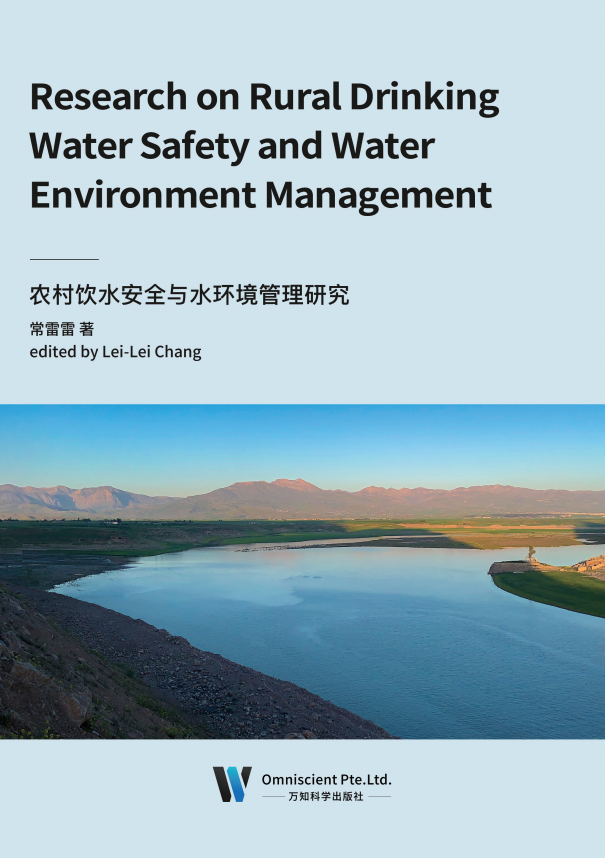
本书是一部有关农村饮水安全与水环境管理的专业书籍。内容涉及农村饮水安 全保障、供水处理工艺以及供水系统运行,进行了深入浅出的分析和讲解,重点关 注在供水过程中的水源保护和水质保障。其次对水环境保护,开发及修复等进行了 较为详细的论述,将晦涩的技术术语通过简单、生动的表述展现给读者。本书为健 全农村供水工程良性运行机制提供了范本,具有较强的实践指导性。确保饮水工程 建得成、管得好、用得起、长受益,提高农村饮水质量。
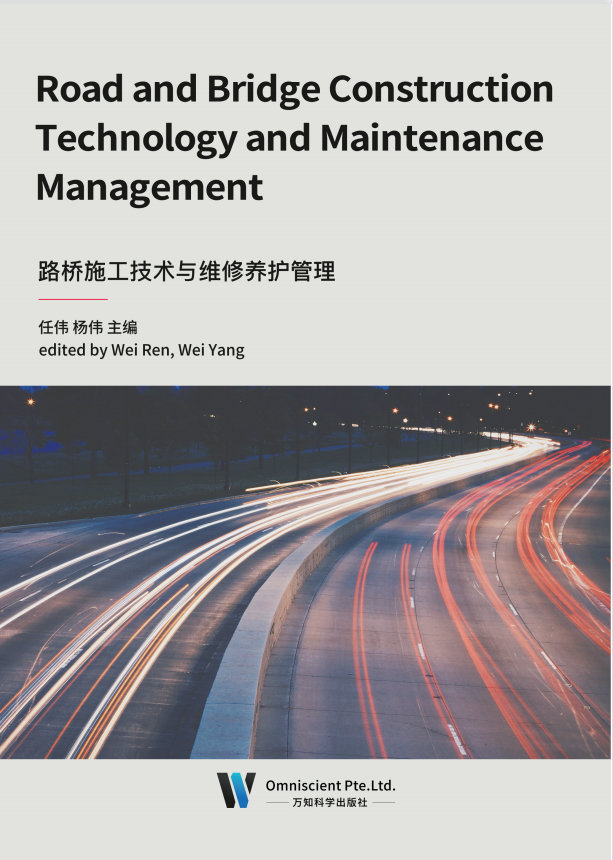
近年来,随着城市化建设的快速发展,城市车辆日益增多,交通压力也日渐增 大,城市中的很多道路桥梁都出现了超负荷运行现象,加之部分桥梁建设期限长, 原设计荷载等级低、维修养护不及时及遭受洪水冲刷、车辆撞击等灾害,出现了多 种形式的病害,如裂缝、锈蚀、局部坑槽、地基不均匀沉降等问题,其会对桥梁正 常运行构成较大的影响,因此我们必须要采取有效措施对病害问题加以处理。积累 必要的技术资料,建立桥梁养护数据库。对于建成时间较长,尤其是年代久远的桥 梁,大多资料不全,需要通过检查和检测,收集这些桥梁技术数据,积累技术资料, 建立桥梁数据库,为加强科学管理和提高桥梁养护提供依据。 我国现代化交通网络的逐渐完善,道路桥梁在城市发展和经济建设上的重要性 越来越突出,因此对其在运行的质量和效率上的要求越来越高。而桥梁病害成为制 约道路桥梁社会效益和经济效益有效发挥的重要阻碍,如何发现病害、解决病害、 加强管控,使影响行车安全和舒适性的桥梁病害在运行过程中及时预防与科学处理, 维护城市桥梁设施,保障城市桥梁的完好和安全运行,成为道路桥梁管养工作人员 面临的重要任务;而检定现有桥梁的实际承载能力,为桥梁的使用及维修加固提供 必要的依据。近年来随着我国发展进程的加快,小汽车数量与日俱增,重型车、超 重车日益增多,桥梁负荷越来越重。对出现裂缝、错位、沉降等缺陷的桥梁,通过 检查和检测,了解其各部位损坏的程度,核定其承载能力,为桥梁的维修加固提供 必要的依据。